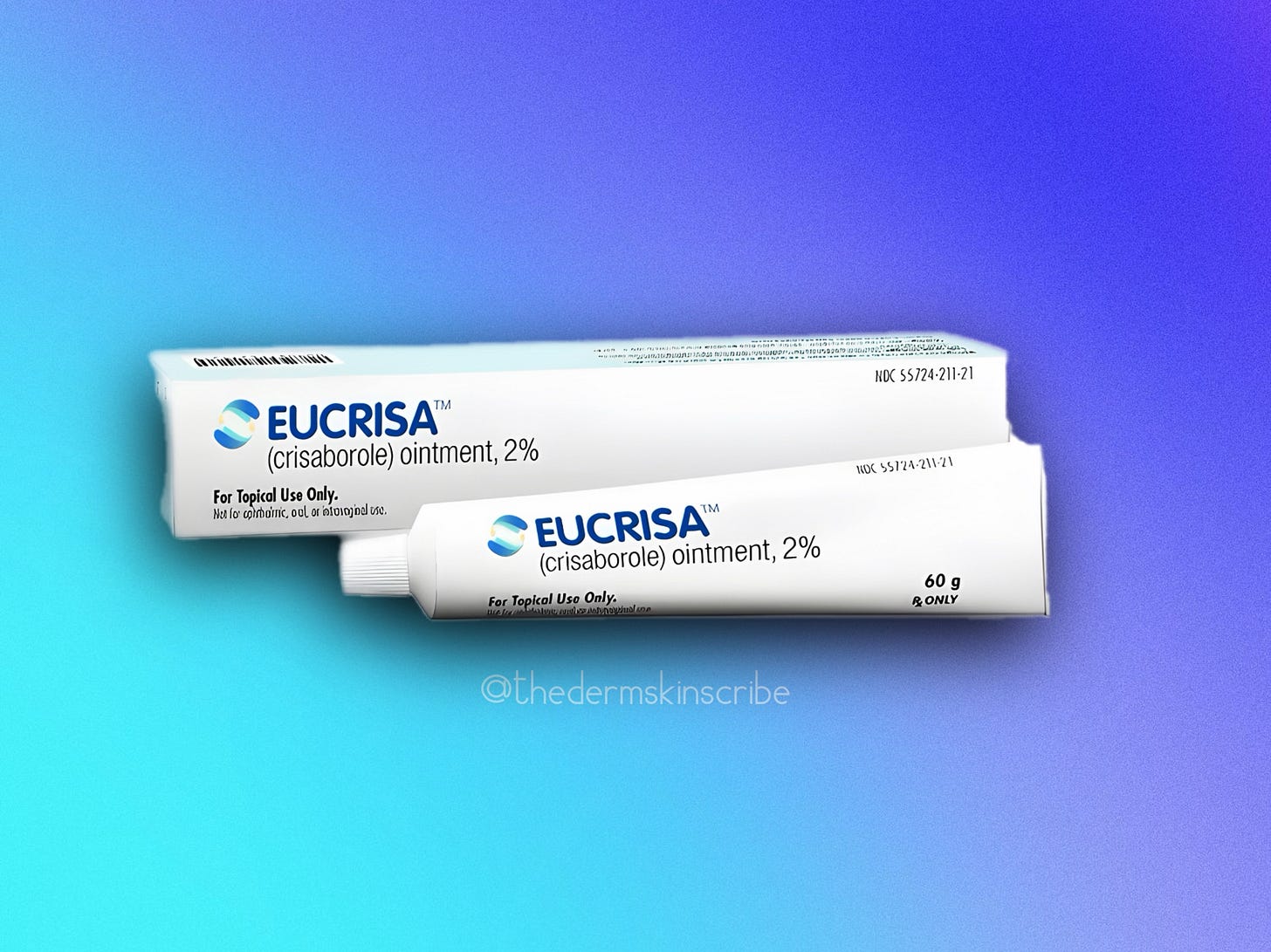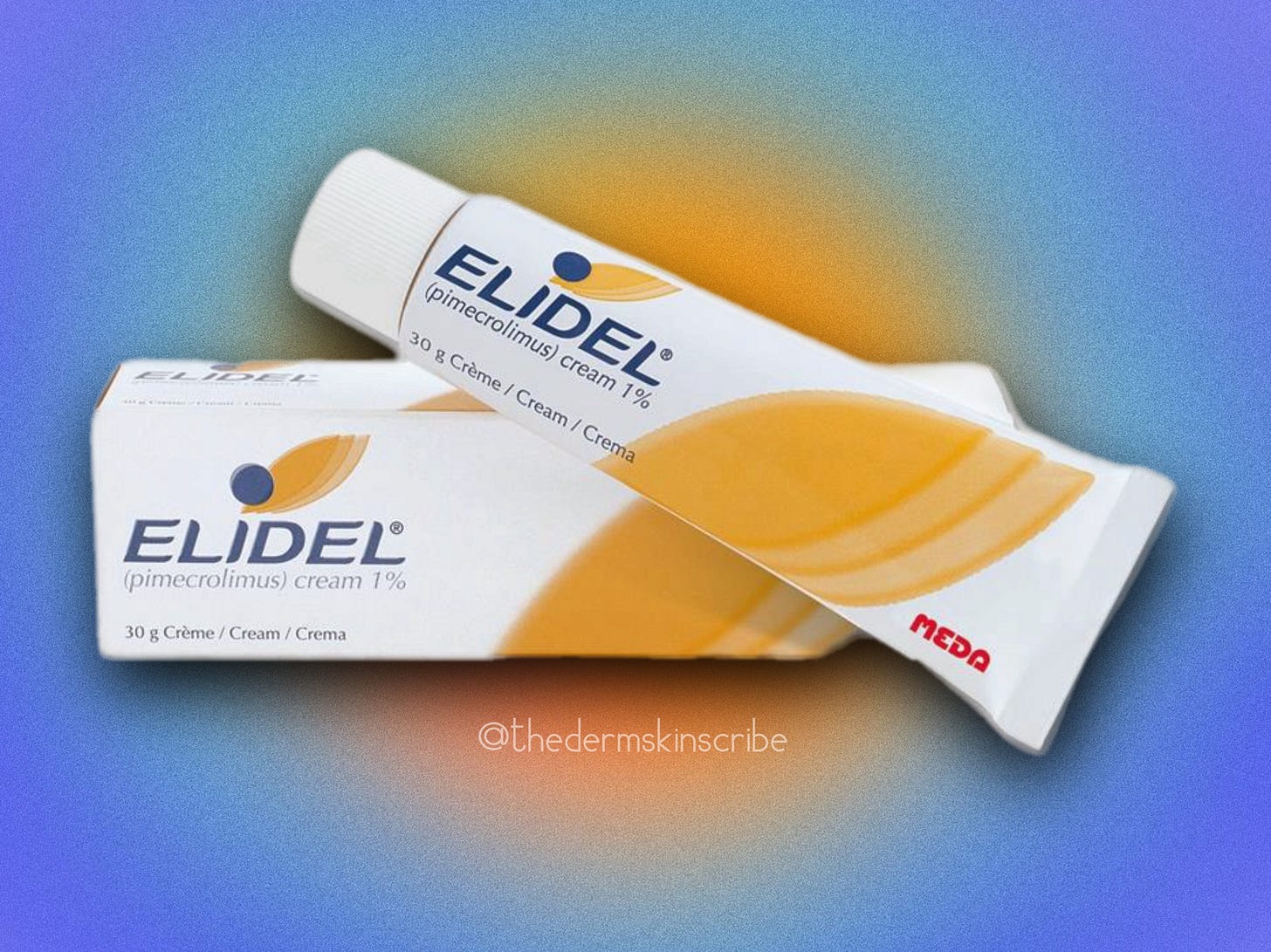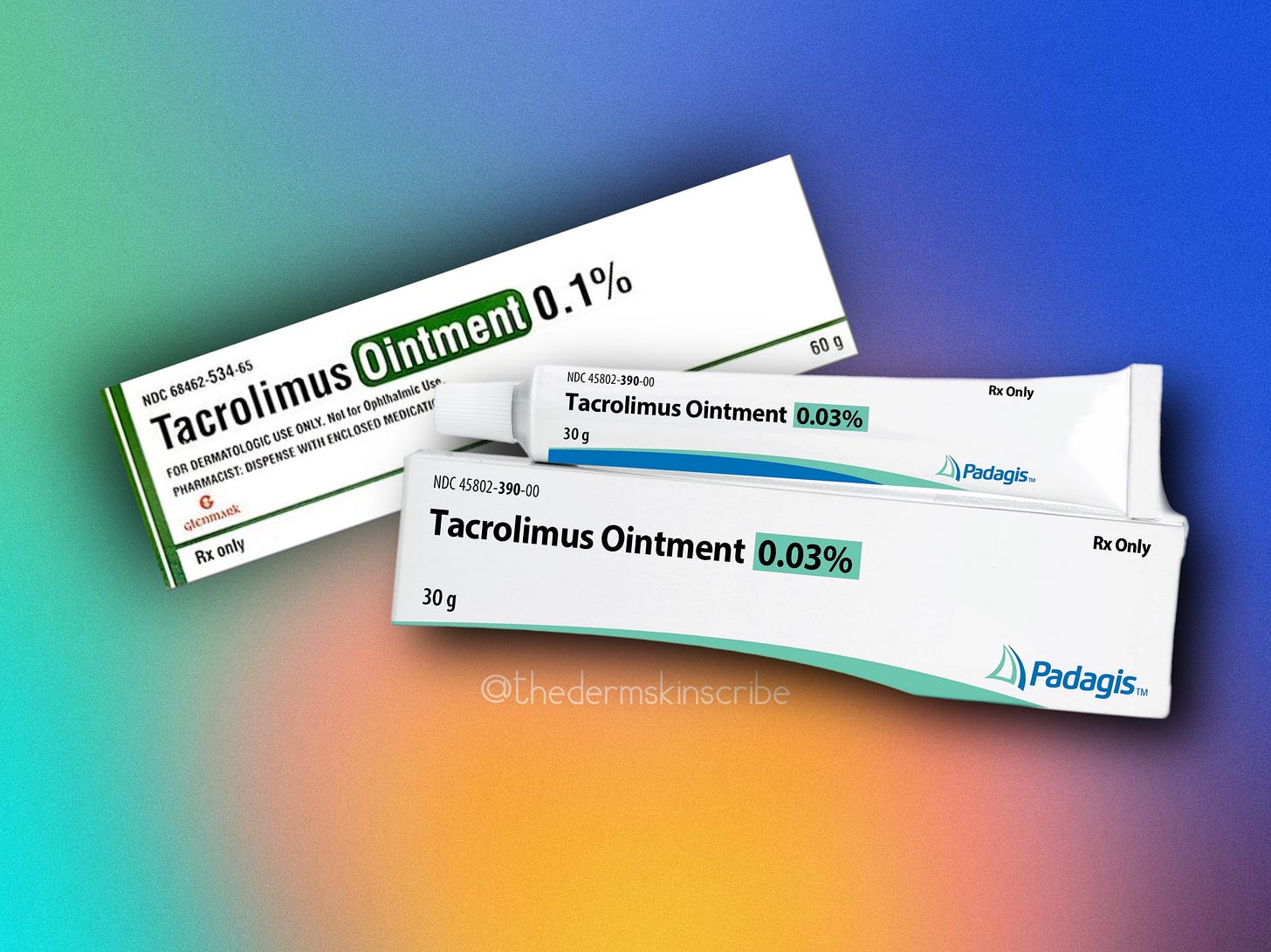Steroids vs. Nonsteroidals: What’s the Best Eczema Treatment?
Who says it has to be one or the other?

Let’s be real….when it comes to eczema or any kind of inflamed skin, it’s not about picking sides. Steroids and nonsteroidals actually work together. One handles the heat of the moment, the other steps in to keep things cool. And despite the internet whispers (and even some doctors’ hesitations), using steroids for more than two weeks? That’s not dangerous when you’re treating active inflammation. What’s risky is slathering it on skin that’s no longer flared.
Big difference.
Here’s how I usually explain it: steroids are like firefighters, great at putting out a blaze. But once the fire’s out, you don’t want them hanging around with hoses full force. That’s where nonsteroidal treatments like Elidel, Eucrisa, and Tacrolimus come in. They’re your maintenance crew. They keep the structure standing without all the side effects of overusing steroids, especially in delicate areas like the face.
Let’s be clear though, nonsteroidal medications won’t cut it during moderate to severe flare-ups. That’s when steroids earn their keep. Waiting too long or trying to avoid them altogether can let the inflammation spiral, leading to open skin, infections like staph or MRSA, or even discoloration. And no, those lighter or darker patches you’re seeing? That’s not the steroid's fault. It’s the inflammation itself temporarily disrupting pigment production. With the right treatment plan, that discoloration fades over time.
What the skin needs is consistency, not blame.
Alright, here’s how each one stacks up—brand name first, then the generic, and what you actually need to know about using it:
Eucrisa (crisaborole 2%)
Approved for babies as young as 3 months old, this one is often our go-to when parents are nervous about steroids but still want something that works. It's a phosphodiesterase-4 (PDE-4) inhibitor, which basically just means it helps reduce the inflammation party without thinning the skin. Some stinging is normal when you first apply, especially on open or irritated skin but it typically eases up. That’s why it’s best suited for calmer areas, not during full-blown flares.
Elidel (pimecrolimus 1%)
This nonsteroidal cream has been around for a while and is approved for ages 2 and up. It’s part of the calcineurin inhibitor family (science-y, I know), which helps calm down immune responses in the skin. Great for areas like the face and neck, where steroid use can be tricky. Bonus? It doesn’t cause thinning, so it's also safe for longer-term use.
Protopic (Tacrolimus 0.03% or 0.1%)
Also a calcineurin inhibitor, but with a little more kick. The 0.03% strength is approved for ages 2–15, while the 0.1% is for those 16 and older.
Now, about that black box warning that tends to raise eyebrows, it’s there because of very rare reports of cancer in animal studies. But decades of human use haven’t shown the same risk. It’s more of a legal safeguard than a cause for panic. While the label sounds intense, most dermatologists will tell you this ointment is a game-changer when used correctly.
Let’s also take a moment to remember that our skin is the body’s largest organ, it shields us from infections, environmental stressors, and regulates more than we realize. So when inflammation strikes, we need tools that help protect it, too. Tacrolimus does just that, especially in delicate areas like the eyelids or behind the ears where steroid use can get dicey.

So when do you use what?
Think of steroids as your short-term fix. When the eczema flares up and the skin is red, itchy, and angry, steroids help calm it down fast. Once things look better, you switch to a nonsteroidal to maintain the peace. It’s not about never using steroids. It’s about knowing when to step in and when to step back.
Because in the world of eczema, consistency is everything and having the right tools at each stage makes all the difference.





